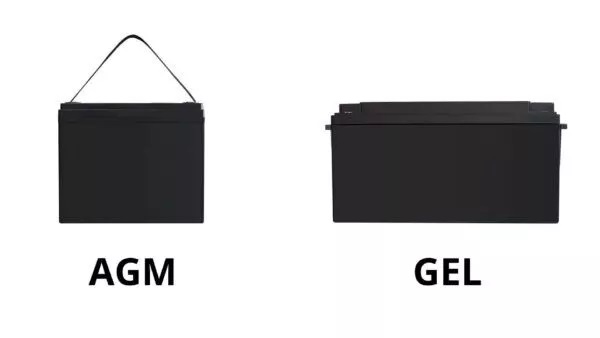The service life of gel batteries compared to AGM (Absorbent Glass Mat) batteries can vary depending on several factors, including usage patterns, charging practices, maintenance, and environmental conditions. Both gel and AGM batteries are types of valve-regulated lead-acid (VRLA) batteries, and while they have similarities, they also have differences that can impact their service life.
- Cycling Performance: Gel batteries are known for their excellent deep-cycle capabilities, making them suitable for applications where repeated deep discharges are common, such as renewable energy systems and backup power. AGM batteries also offer good cycling performance but may have slightly shorter lifespans compared to gel batteries under similar cycling conditions.
- Temperature Sensitivity: Gel batteries are generally more tolerant of temperature extremes compared to AGM batteries. High temperatures can accelerate degradation and reduce the lifespan of both battery types, but gel batteries may fare slightly better in hot climates due to their gel electrolyte composition.
- Overcharging and Undercharging: Both gel and AGM batteries are sensitive to overcharging and undercharging, which can lead to premature failure and reduced service life. Proper charging practices, including the use of appropriate charging voltages and charge controllers, are essential for maximizing the lifespan of both battery types.
- Maintenance Requirements: Gel batteries are often considered maintenance-free since they use a gel electrolyte that doesn’t require watering or electrolyte monitoring. AGM batteries also have low maintenance requirements but may benefit from occasional equalization charging to mitigate stratification and sulfation. Proper maintenance can help extend the service life of both battery types.
- Application Specifics: The suitability of gel or AGM batteries for a particular application can also impact their service life. Gel batteries may be preferred for stationary or deep-cycle applications, while AGM batteries are commonly used in automotive, marine, and UPS (Uninterruptible Power Supply) applications. Choosing the right battery type for the specific application can help optimize service life.
In summary, while gel batteries are often touted for their longer service life in deep-cycle applications and their tolerance to temperature extremes, the service life of both gel and AGM batteries can be influenced by various factors. Proper maintenance, appropriate charging practices, and selecting the right battery type for the application are key considerations for maximizing the service life of lead-acid batteries, whether gel or AGM.


